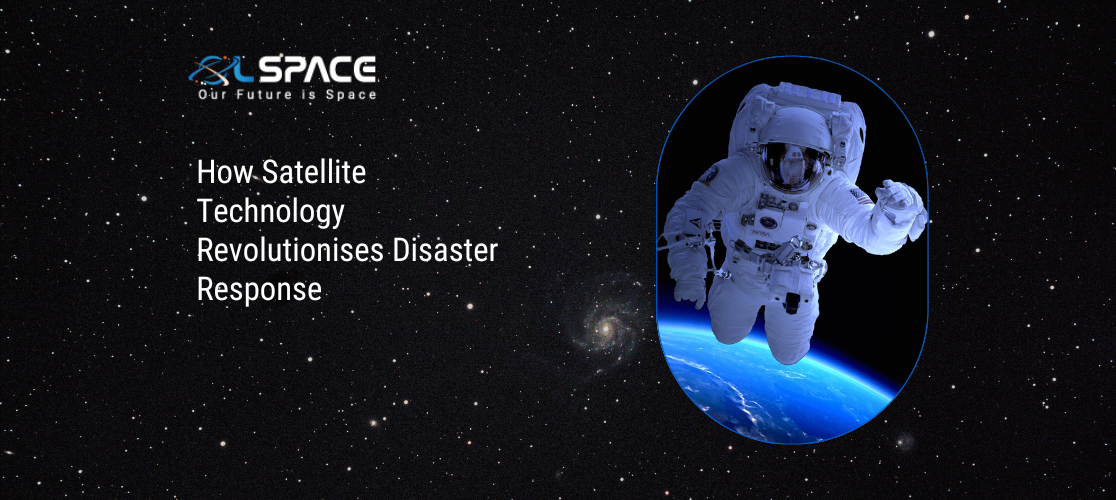19 September 2023
How Satellite Technology Revolutionises Disaster Response

Satellite technology has revolutionised disaster response efforts in several ways, enhancing preparedness, response coordination, and recovery. Here are some key ways in which satellites have transformed disaster response:
Early Warning and Monitoring:
Satellites equipped with various sensors can monitor environmental conditions such as weather patterns, sea surface temperatures, and atmospheric changes. This data is crucial for early warning systems, allowing authorities to anticipate and prepare for natural disasters like hurricanes, tsunamis, and wildfires.
Rapid Damage Assessment:
After a disaster strikes, satellites can capture high-resolution imagery of affected areas. These images provide a rapid and accurate assessment of the extent of damage, helping response teams prioritise their efforts and allocate resources effectively.
Search and Rescue Support:
Satellite imagery and data can be used to identify the locations of survivors and people in distress. This information aids search and rescue teams in locating and assisting those in need, particularly in remote or inaccessible areas.
Communication and Coordination:
Satellite-based communication systems, such as satellite phones and broadband internet, ensure that response teams can maintain connectivity in disaster-stricken regions where terrestrial infrastructure may be damaged. This enables effective coordination and information sharing among responders.
Environmental Monitoring:
Satellites can track changes in environmental conditions following a disaster, such as flooding, soil moisture levels, or the spread of pollutants. This information helps authorities make informed decisions about resource allocation and environmental remediation.
Mapping and Geographic Information Systems (GIS):
Satellite imagery is integrated into GIS platforms, enabling responders to create detailed maps of disaster-affected areas. These maps provide valuable spatial information for planning evacuation routes, setting up shelters, and delivering aid.
Aid Distribution:
Satellite technology helps optimise the distribution of humanitarian aid by providing accurate location data for affected populations and assessing accessibility to affected areas. This ensures that aid reaches those who need it most efficiently.
Monitoring and Predicting Disease Outbreaks:
Satellites can monitor changes in environmental conditions, such as temperature and precipitation, that affect the spread of diseases. This data is used to predict and mitigate disease outbreaks following disasters.
Assessment of Infrastructure Damage:
Satellites equipped with radar technology can penetrate cloud cover and provide all-weather imaging. This capability is especially valuable for assessing damage to critical infrastructure like roads, bridges, and power lines.
Long-Term Recovery and Reconstruction:
Beyond the immediate response phase, satellites continue to play a role in long-term recovery efforts. Monitoring changes in land use, vegetation, and urban development helps planners make informed decisions about rebuilding and rehabilitation.
Global Coverage:
Satellite technology offers global coverage, enabling rapid response to disasters anywhere on the planet. This is particularly crucial for international humanitarian efforts.
Data Sharing and Collaboration:
Many satellite data providers make their data accessible to governments, relief organisations, and researchers. This facilitates collaboration and information sharing among stakeholders involved in disaster response and recovery.
Satellite technology has significantly improved disaster response capabilities, enabling more efficient, coordinated, and data-driven efforts to mitigate the impact of disasters and save lives. As technology continues to advance, satellite-based solutions are expected to play an even larger role in disaster management and resilience.
